Announced in 2007, the MBA3300RC is Fujitsu’s largest & final 3.5″ enterprise SAS drive, with this example hailing from week 50 of 2009. With performance at mind, alongside high expectations of longevity, these drives are Fujitsu’s peak point when concerning their hard drive efforts.
Being so late into Fujitsu’s history in the industry, these drives continued production under Toshiba management for a short while, until their dissolution in 2010.
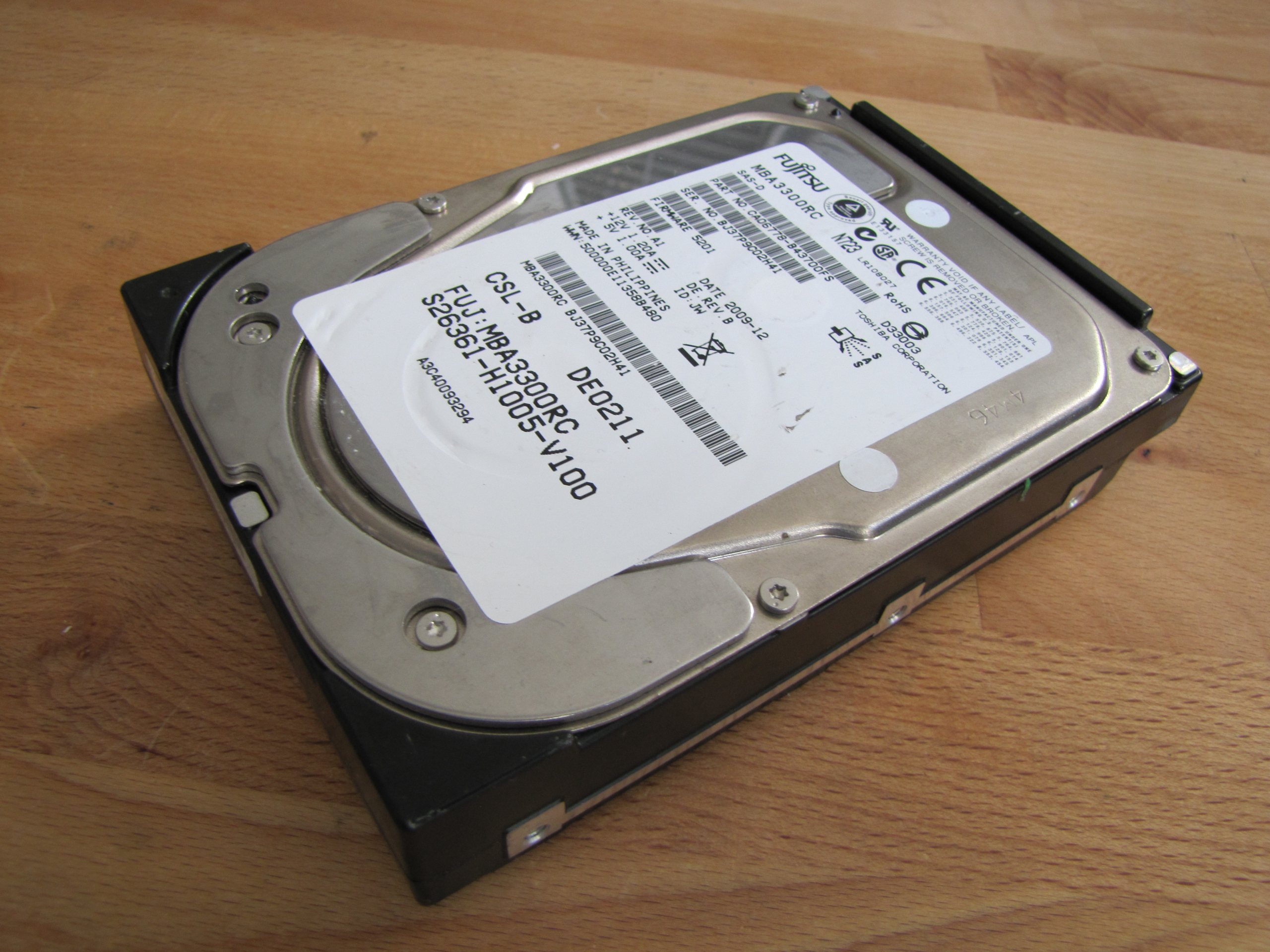
Drive Attributes ---------------------------------------- Fujitsu MBA3300RC ---------------------------------------- Capacity 300GB Mfc Date 2009-12 Format 3.5" Interface SAS Platters 4 Heads 8 Cache 16MB RPM 15000 Protocol SAS-1/300 Origin Philippines (FCPP) ----------------------------------------
The MBA line-up was available in three capacity points, 73GB (MBA3073RC), 147GB (MBA3147RC) & 300GB (MBA3300RC). The full capacity variant shown above houses four platters, alongside eight heads. These drives offer ~75GB per-platter.

The label itself adheres to standard expectations with Fujitsu drives, with the date of manufacture & model number being the two most useful points of interest. Notably, this unit was manufactured after Toshiba entered into an agreement with Fujitsu in April 2009 to acquire their hard drive business. As a result, “Toshiba Corporation” is inscribed on the top right hand side.
As usual, this drive was manufactured in Fujitsu’s plant in the Philippines. Fortunately, the factory still produces drives for Toshiba in the current day.
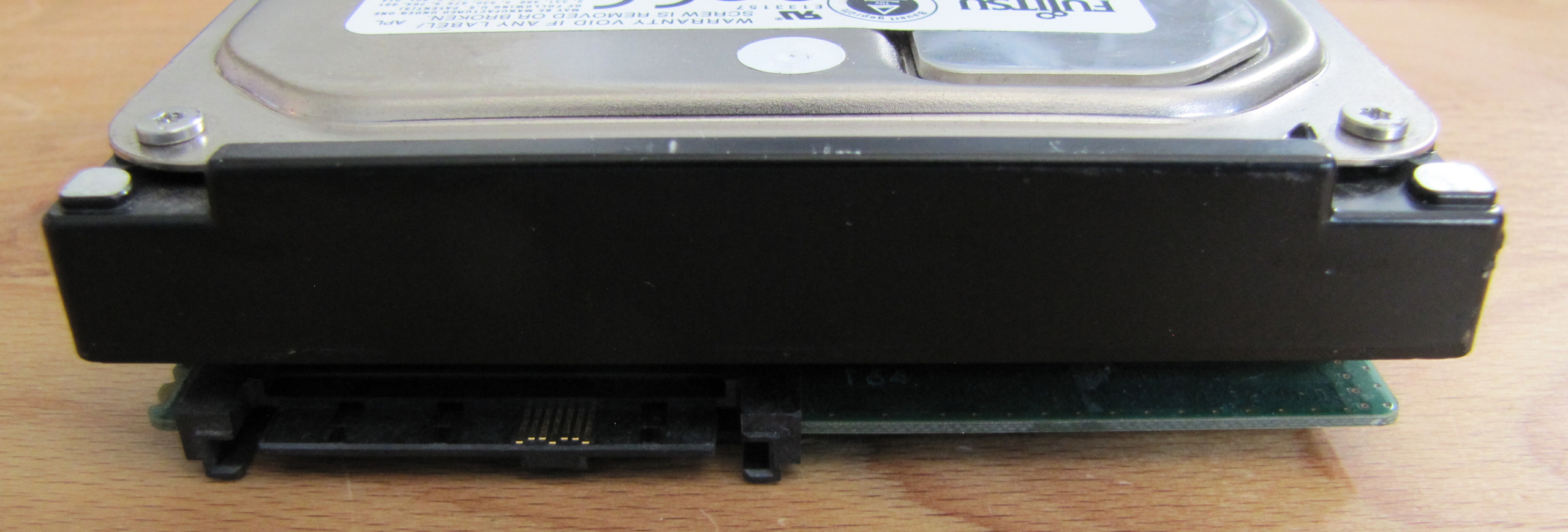
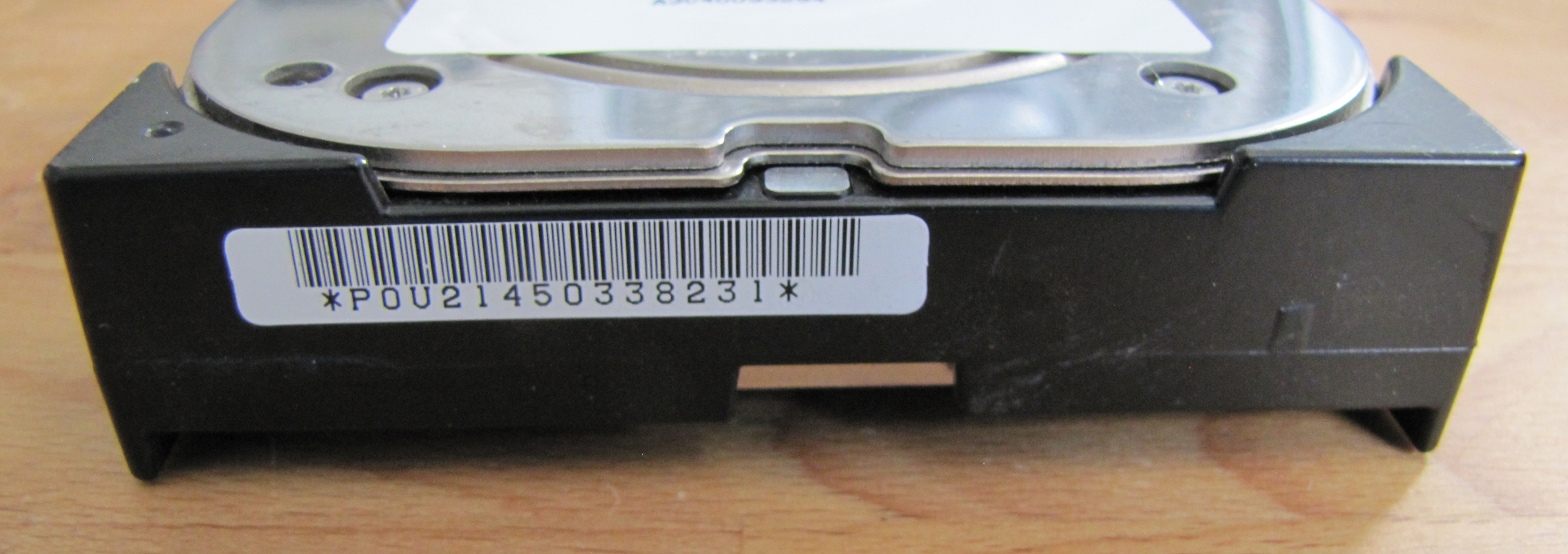
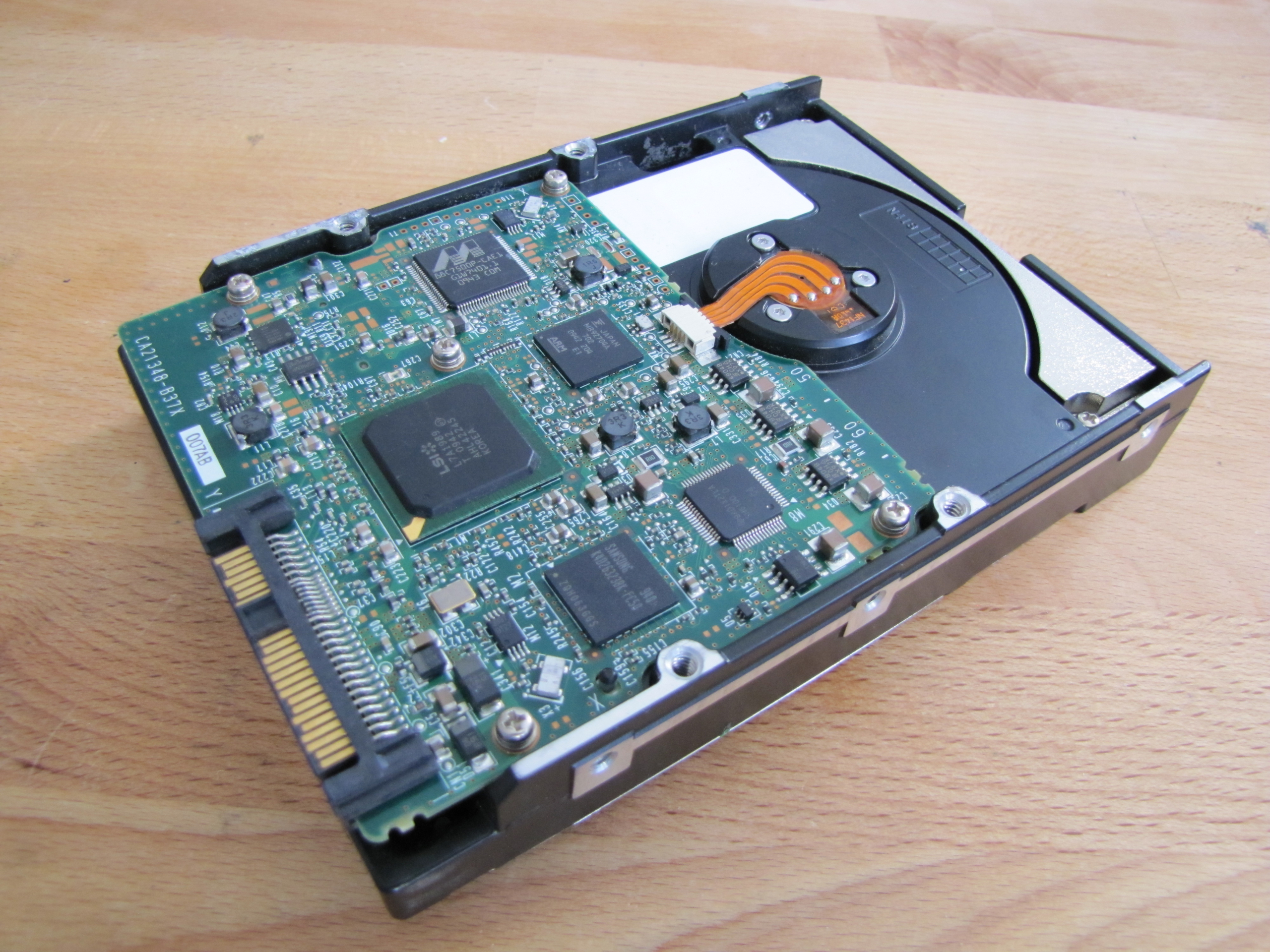
As is common with this era of drives, components face outwards on the PCB.

The centre chip (position M1) is from LSI, being the L7A1989, serving as the interface adapter (achieving SAS-1 300MB/s). To the left (position M2), there’s the full 16MB of cache, provided by Samsung (K40263238K-FC50).
Package M7 is from Marvell, being the 88C7500P-LAE1, providing auxiliary control functions. The spindle motor controller is at position M8 (bottom left). Finally, at position M4, the last IC of interest is the Fujitsu MB92704A, an ARM-based microcontroller.

With the standard connection block present, the backside of the board contains no IC’s.
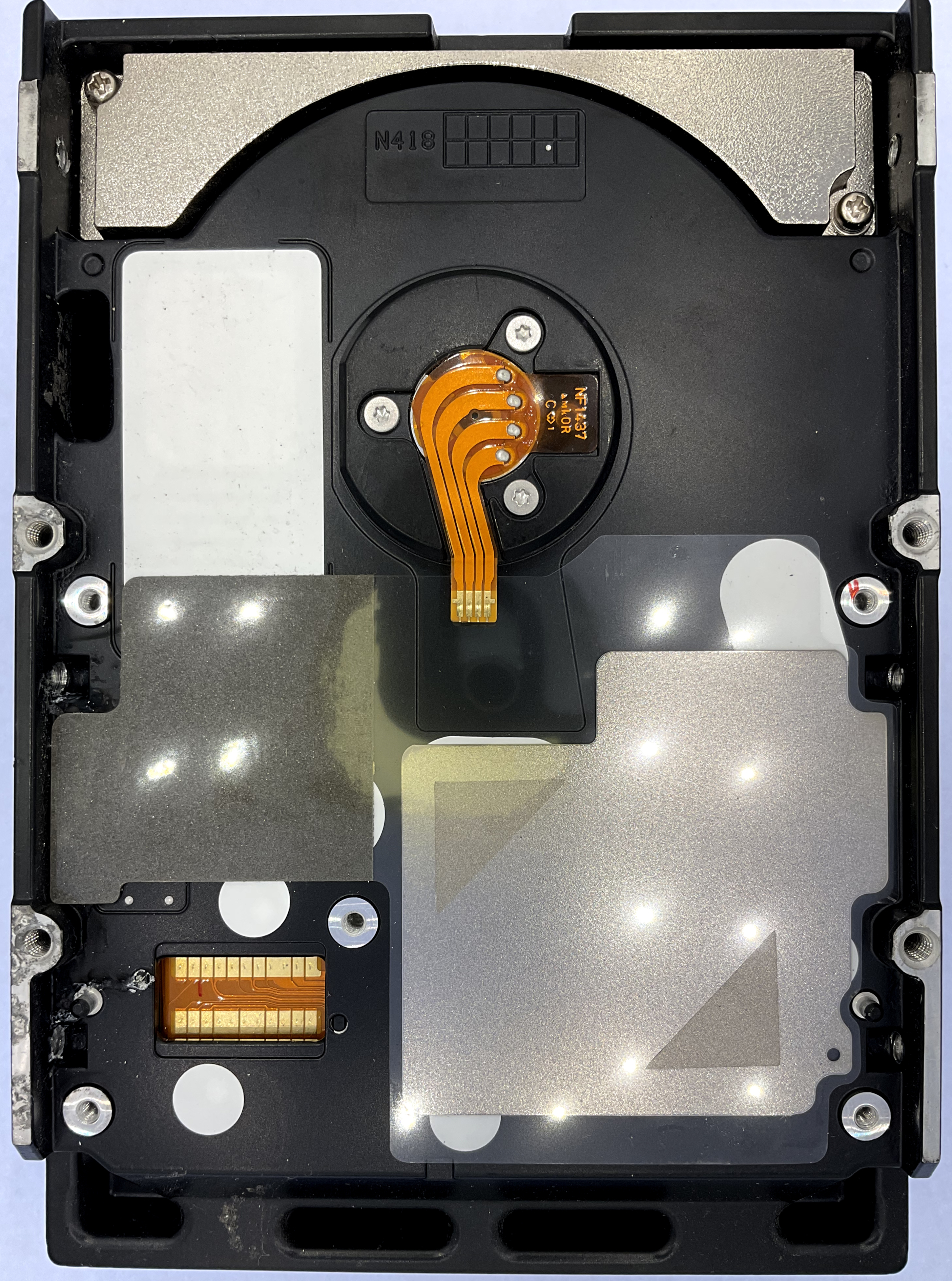
The rear is plain. The same head-stack connection method is utilised on the 2.5″ MAY2073RC‘s, being suitable for a 3.5″ form factor too.

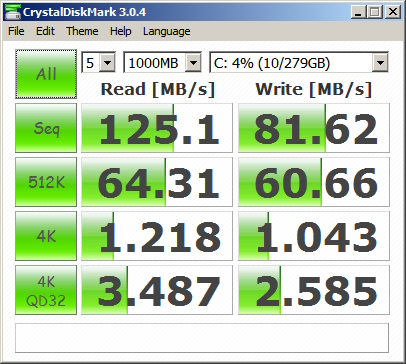
Given the density & market segment these drives were aimed at, they certainly deliver good performance for the time. 15k RPM certainly goes a long way.

Regardless of the fact this drive has over 70k hours on the clock, it continues to function without errors. Any drive to function continuously for over 8 years is quite a feat, so this drive can finally rest easy for a while. It certainly far outlived its original 5 year warranty.
If you’re curious to see the full health metrics available for this drive, feel free to check the report generated by HD Sentinel below:
Fujitsu MBA330RC – Disk Health Report (.html, opens in new tab)
The MBA3300RC is quite a marvelous unit so many years later, showing what Fujitsu really were capable of. It’s a shame they departed from the space, yet much of the technology they left behind lives on under Toshiba in the current day.
Fujitsu MBA330RC Product Overview (.pdf)
Fujitsu MBA330RC Installation Guide (.pdf)
If you missed the video I made on this drive, you can find it here: